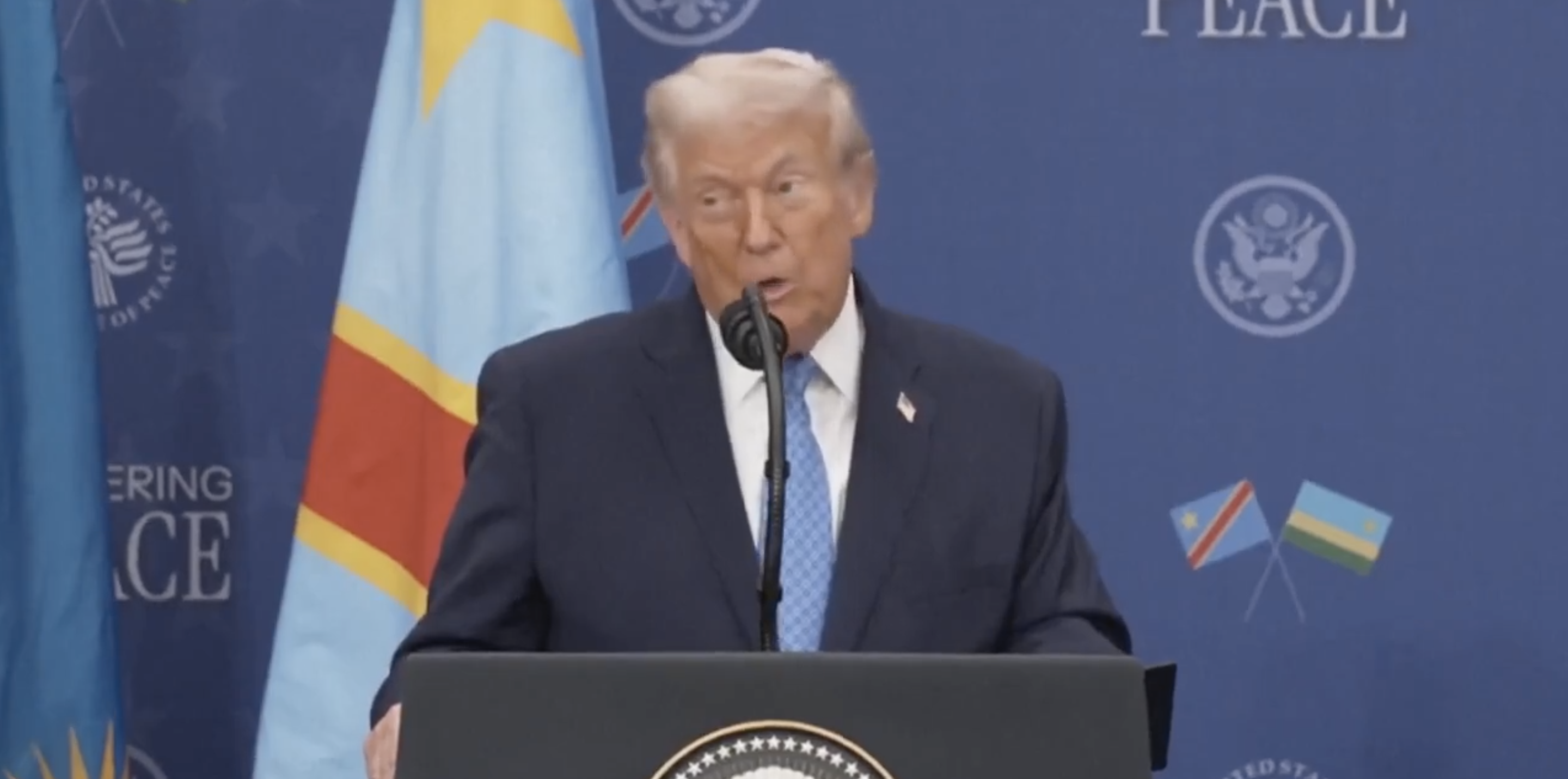This week, I want to share with you the insights of a seasoned global investor and friend, Carl T. Delfeld of Blackthread. Carl has a unique “boots on the ground” perspective on the investment opportunities in Asia and has led dozens of investors on exploratory investment trips to the region. I value his opinions, and I’m sure you will too.
By Carl T. Delfeld
When my Blackthread group of investors soon visits Singapore, we’ll begin our adventure with a Tiger beer at the famed Raffles Hotel’s long bar. Built in 1887, the hotel reeks of colonial ambiance and is named in honor of Sir Stamford Raffles, who founded the trading port of Singapore in 1819 with William Farquhar.
And during the long flight to Asia, I’m encouraging members to read Victoria Glendinning’s great new biography, “Raffles: And the Golden Opportunity.”
Raffles was an ambitious political entrepreneur keen on offsetting growing Dutch influence in the region from its base in Java (Indonesia). Largely on his own initiative, Raffles wisely decided on the island of Singapore and then signed a Treaty of Friendship & Alliance with the Sultan of Johor just nine days after landing with his party.
Singapore was a huge success from the get go as a free port with no customs duties and open to ships from all nations.
Raffles would be amazed to come back today and see what Singapore has become.
While only one-fifth the size of Rhode Island and three times the size of Washington, D.C., Singapore is the “Switzerland of Asia,” boasting the world’s biggest budget surplus relative to economic output. It is perhaps the most strategically important global trading, finance and service nexus in Asia.
Singapore is the busiest port in Asia, situated next to the vital trading channel of the Straits of Malacca, through which 37% of global shipping and 80% of China’s oil pass. Singapore’s annual trade volumes are a stunning four times the size of its economy.
It is one of only seven countries in the world to enjoy an AAA credit rating. Surprisingly, some firms are moving manufacturing centers from China to high-cost Singapore due to its infrastructure, logistics and laws protecting intellectual property.
Singapore is a good proxy for many investors, since its companies invest heavily in neighboring countries. Over dinner with the CEO of Singapore’s premier private bank, our discussion seemed to move back and forth like a ping pong match between the challenges facing America and the incredible boom in Southeast Asian wealth.
An Opportunity for Catch-up Profits in Vietnam
But if Raffles was a young man today, there is no doubt in my mind that he would head to a country like Vietnam for fame and fortune. Why? A just-released, fact-filled report from the Union Bank of Switzerland (UBS) does a nice job of making the case for investing in Vietnam right now.
This country of 93 million is bursting with youthful energy. Roughly 50% of its tech-savvy citizens are under the age of 30. Its manufacturing wages are half those of China, which is why foreign investment is steady and Samsung makes half of its cell phones here. Comparing Vietnam with Singapore is a bit of a stretch but middle income Thailand is a good catch-up target. Right now, only 1.7% of Vietnamese own a car. In Thailand, however, the figure is 40%. Per capita Gross Domestic Product (GDP) is 60% higher in Thailand and the market value of Thai publicly traded companies is eight times higher.
All of this highlights why Vietnam’s exports have tripled in U.S. dollar terms since 2007 and its exports to North American markets are up an amazing 30-fold since 2000.
Meanwhile, the country’s macro situation has markedly improved. Inflation, which just a few years ago was running at 20%, is down to 2%. Interest rates have fallen from 15% to 6%, property markets have stabilized and credit growth is up. The Trans-Pacific trade deal winding its way through Congress is estimated to boost Vietnam’s economy by 14% during the next five years.
Despite this progress, Vietnam’s stock market is still off 51% from its high and is trading at just 12 times earnings. The current market value of all publicly traded companies in Vietnam is 30% of GDP while Thailand and the Philippines are trading at 95% and 115%, respectively.
These gaps will not last forever. So, I encourage you to take action by blending in some Vietnam equities into your global portfolio with the iShares Vietnam ETF (VNM).
While you are at it, take a look at Indonesia, which has been one of my favorites for quite some time. Three times the size of Texas, Indonesia is a democracy with the fourth-largest population in the world. The country is on a roll — fueled by much better fiscal policies. It is now a member of G20 – the largest 20 economies in the world.
All of this has led to an upgrade by Standard & Poor’s and Indonesian government bonds are now rated “investment grade.”
Indonesia’s youthful population represents the planet’s fastest-growing middle class. A just-released report by the Boston Consulting Group estimates its middle class and affluent consumers at 74 million — expecting this group to double by 2020.
My takeaway from my trip is that the strategic importance and commercial opportunities presented by Southeast Asia are far greater than currently recognized by investors. America’s competitors are all over this region, which is why I call it the sweet spot of Pacific Rim growth and the cockpit of global competition.
No wonder a wall of capital is seeking opportunities to catch.
For more information on the Blackthread group’s upcoming trip to Southeast Asia, please contact Carl Delfeld at [email protected] or go to:
http://www.pacificeconomicclub.com/orient-tour.html
***************************************
In case you missed it, I encourage you to read the e-letter column from last week about the outperformance of “smart beta” funds. I also invite you to comment in the space provided below my Eagle Daily Investor commentary.





